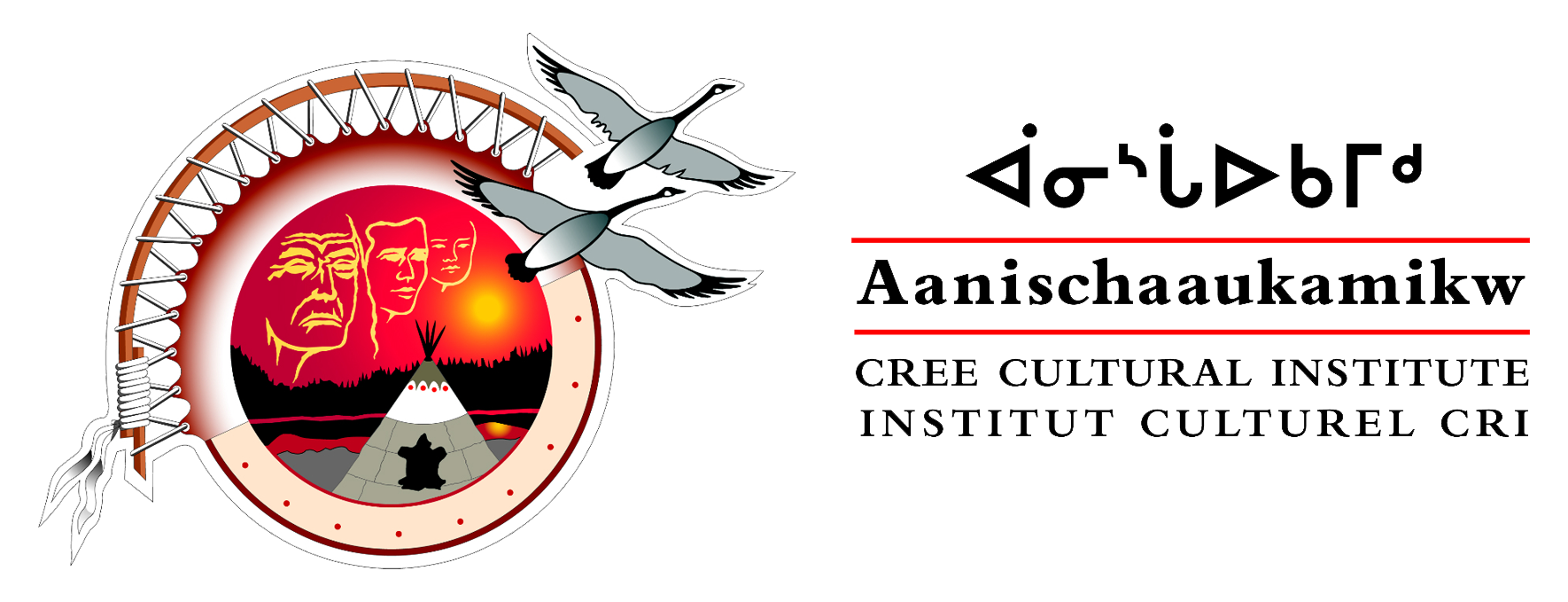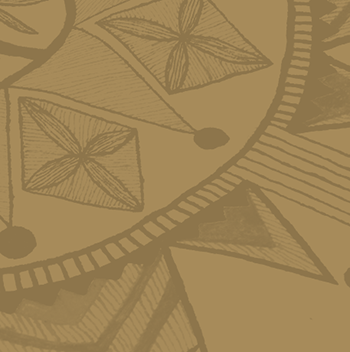Christine came to ACCI in April from College Montmorency where she has almost completed the Techniques de Museologie program. Her internship is 6 weeks long and we at ACCI are happy to have her here! We asked Christine to write about the projects that she has been working on here at ACCI.
My first project at ACCI was to do the
complete documentation of 11 framed artworks. These artworks are part of a
long-term loan from the CRA Board of Compensation. Some of them are already on
display in the open storage area of the hallway leading to the exhibition. Doing
the documentation of an object is allowing it to enter the museum world and be preserved
it for generations to come.

Unpack
Each
artwork was individually wrapped. It was a simple packing and undoing it was
easy. While taking the artwork out, I had to look for any sign of damage. I also had to look in the wrapping for
any pieces that could have fallen off.
Condition
Report
After putting down the artwork on
cushioning foam, I filled in a condition report. On this report, I write and
locate any damage that the object could have. There is also a small part about
the object’s measurements and description. Finally, if the object has any
special needs or if I have to make a recommendation for the conservator I also
write that down in this report.
The condition report is really important
when receiving a new object in a museum. It allows us to know all the damages
from his previous life, as well as, in the long term, know if a deterioration
is new or was already there. We could say that the condition report is like a
medical exam that we do for every object to keep it healthy.

Photography
When
we are sure that everything is fine and that it doesn’t need immediate
treatment, it’s time for the photography. Museum photography is intended to
show the object as close to reality as possible. In the case of framed artwork,
I photograph each side of it. I also take pictures of details, like the
signature, damage, or writing. With the condition
report, these photos can be useful to document the object in the future and see
any alteration.
Source
file
The source file is like the Facebook of the
object. Every detail about it is recorded in this file. From the name, to
dimensions, description, how it was made, where it came from, who made it and
who gave it. It’s useful for future exhibitions because the technique and the
materials are written, as well as the artist. Also, if there is any special source
credit, it is also noted there.
There is even a section for the history of the object! The source file is made on a computer,
which allows us to complete it with the photos previously taken.

Storage
The last step is to store the item. The
storage part is essential because a museum object will spend most of its life
there. For these artworks, since they are all framed, we can place them
vertically on a shelf. For better preservation, I put cushioning foam at the
bottom of the shelf and a core-x, which also has cushioning foam. Also, for
better spotting, I made labels that I attached to the core-x with a picture of
each artwork.
Guest post by Christine Desroches




